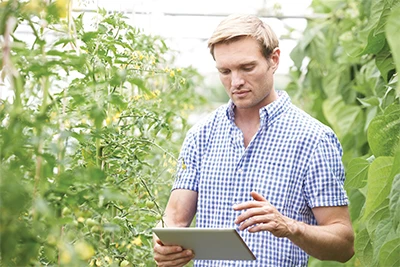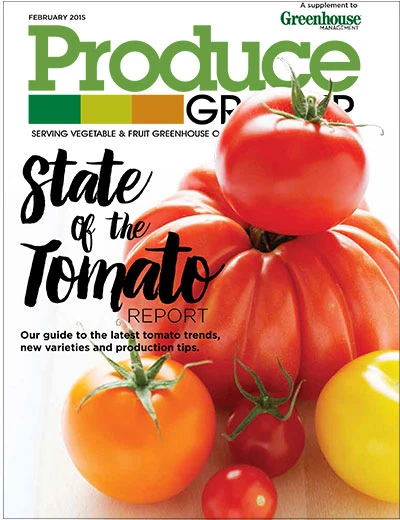
 Understanding and utilizing biocontrols can be a terrifying process. Rose Buitenhuis, a research scientist at the Vineland Research and Innovation Center, has been studying the efficacy of biocontrols on ornamentals and food crops in greenhouses.
Understanding and utilizing biocontrols can be a terrifying process. Rose Buitenhuis, a research scientist at the Vineland Research and Innovation Center, has been studying the efficacy of biocontrols on ornamentals and food crops in greenhouses.
“Specifically I have been looking at biocontrols as part of an integrated pest management program. We’ve been looking at both ornamentals and vegetable crops and a little bit of berry crops,” Buitenhuis says.
Rose provided a series of tips for installing biocontrols as part of your Integrated Pest Management program and how to investigate their efficacy.
Installing biocontrols
- The first phase, before doing anything, is the planning stage. Get resources. Talk to other growers that already made the switch to biocontrols. Potentially seek out a consultant, depending on how much time you want to spend educating yourself.
- Have realistic expectations. The first year could be very expensive and you may not see perfect control. With respect to costs, the first three years are the most expensive, and then growers get confidence, they know what works and costs go down considerably. "One grower that I know had his cost reduced ten times after the third year," Buitenhuis says.
- Start small and develop a comfort level. Don’t do everything at the same time. Choose your crop, and be sure that it’s affected by pests that are relatively easy to control. That’s how you avoid having a big shock change. Develop your comfort level by changing small portions of your IPM.
- Involve your staff. Monitoring is very important, so the more people you have out there actually examining the crop and scouting, the better.
- Record keeping is very important. After a few years, you’ll develop an understanding of when, say, aphids start to become a problem. There are patterns you’ll start to see, so you’ll know how to react to it preventively.
- The more you look at your bios, the more confidence you’ll have. When growers receive and deploy their bios, they should then go out and try to find them again in the greenhouse to see if they’re working and get a whole picture.
- Be creative and be patient.
 What are the benefits of biocontrols?
What are the benefits of biocontrols?
- Biocontrols get compared directly to chemicals and one of the biggest advantages is that you won’t have issues with pesticide resistance. Most chemicals have a limited lifetime before most of the pest population develops some kind of resistance. You don’t have that problem with biocontrols.
- You won't have the problem of pesticide residue on food crops. You won’t have re-entry times or harvest interval problems. Some chemicals even have phytotoxic effects. And, of course, there are health and environmental issues that you won’t have with biocontrols.
- If you use biocontrols correctly, "I’d say they’re as effective as chemicals. You can also misuse a chemical," Buitenhuis says. "And sometimes chemicals don’t work well because you’re not using them correctly. The same holds true for biocontrols."
For more from the Vineland Research Center: www.vinelandresearch.com

Explore the February 2015 Issue
Check out more from this issue and find your next story to read.
Latest from Produce Grower
- Your comprehensive guide to Indoor Ag-Con ’25
- Sollum Technologies and Indoor Ag-Con announce recipients of Sollum Student Scholarship
- 80 Acres Farms expands to Georgia, Texas and Colorado
- This fast and agile robotic insect could someday aid in mechanical pollination
- AmericanHort urges exclusion of sphagnum peat moss from proposed Canadian tariff
- The Growth Industry Episode 2: Emily Showalter on how Willoway Nurseries transformed its business
- Moleaer expands irrigation product line featuring nanobubble technology
- Eden Green Technology CEO Eddy Badrina reflects on challenges, opportunities for CEA





